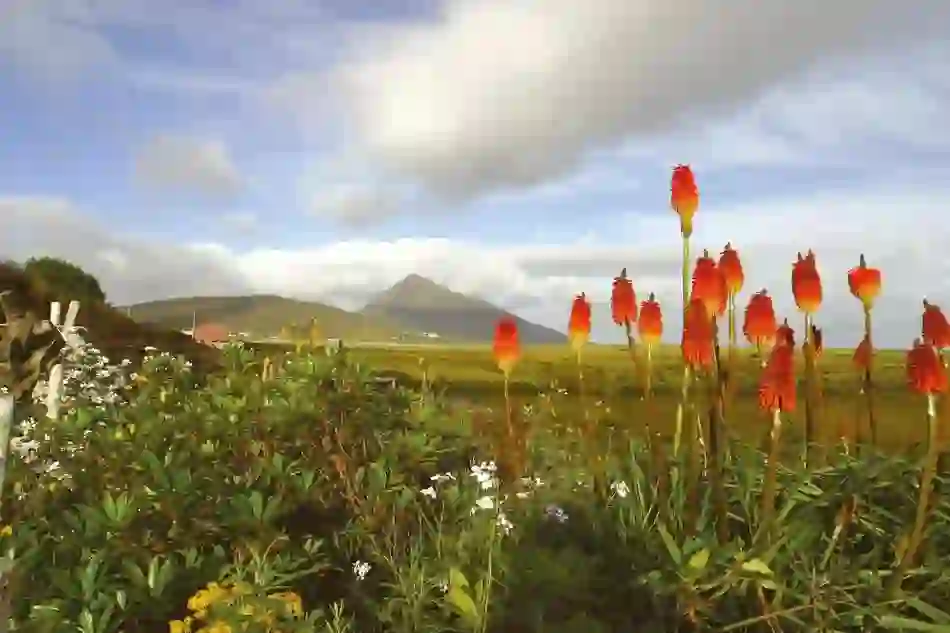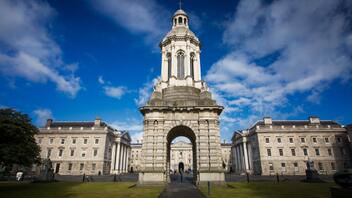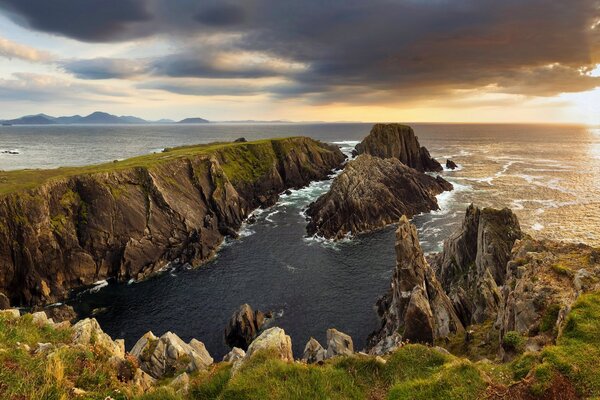

6 of Ireland's historic treasures

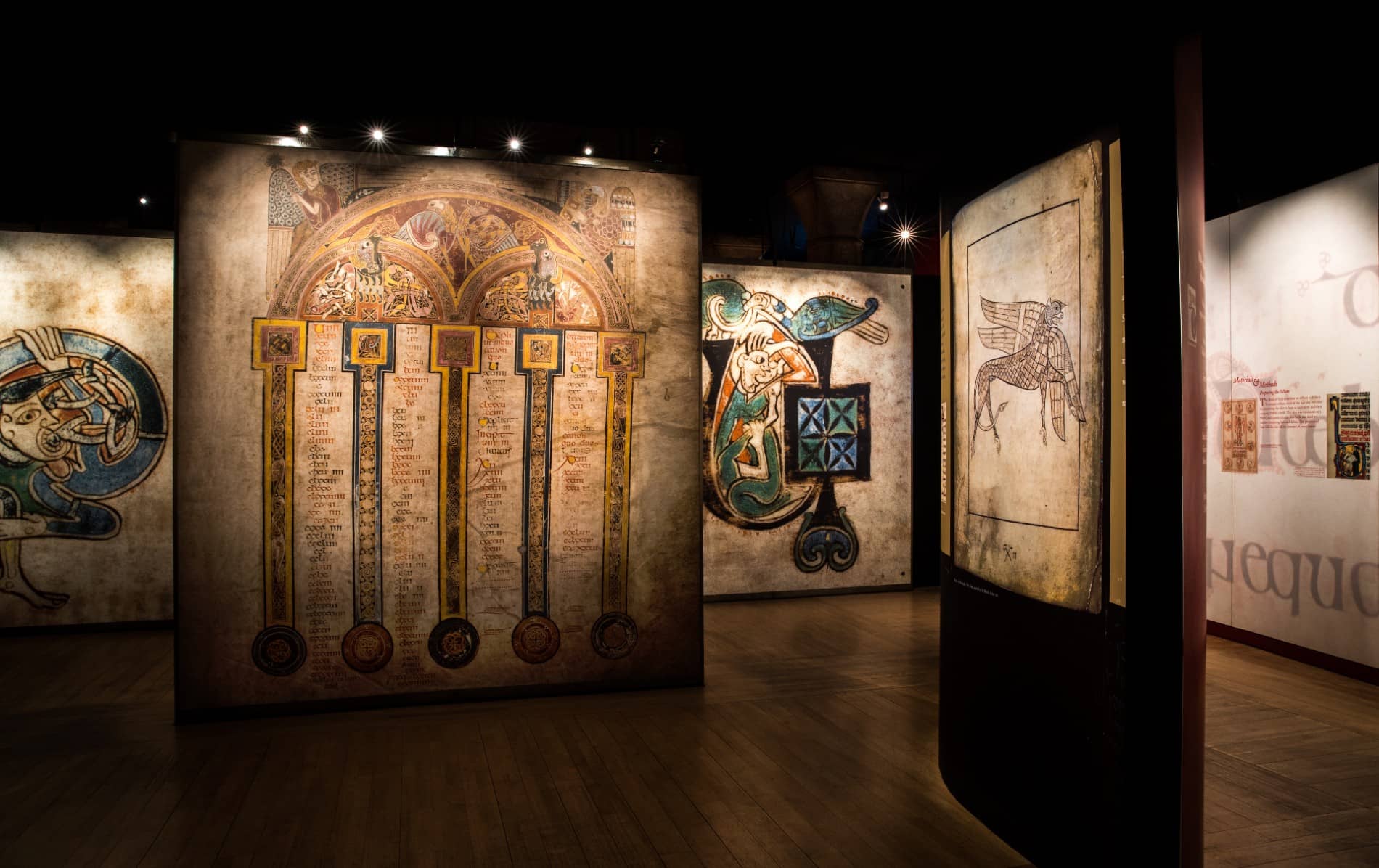
Book of Kells, Trinity College Dublin
A lavish masterpiece with a particularly dramatic backstory, the Book of Kells is one of the most beautiful illustrated manuscripts of the Early Christian world. Originating in a monastery on the isle of Iona, off the west coast of Scotland, the book consists of the four Gospels in Latin, richly decorated with traditional Christian iconography, as well as intricate figures of humans, animals and mythical beasts. In 806AD, marauding Vikings raided the monastery in Iona, leaving 68 dead and forcing the monks to flee across the Irish Sea to a new monastery in Kells, County Meath, taking their precious manuscript with them. It's generally believed that the book was completed here, once they settled into rural life in Ireland. Preserved over the centuries, the book is now on display in Trinity College Dublin. Prepare to be awed by the incredible detail!


Medieval Museum, Waterford
We can only imagine the effect these heavenly garments had on the citizens of 15th century Waterford, as they glowed in the dim light of the city’s cathedral. Made using Italian silk with exquisitely embroidered panels depicting scenes from the Bible, these are the only full set of medieval vestments to survive in northern Europe. History may not always have been kind (they were buried for 123 years to hide them from Cromwell’s army in the 17th century), but as you’ll see when you visit them in the Medieval Museum in Waterford, their appearance remains wondrous.


The Ulster Museum, Belfast
It’s 1588. Storms are lashing the turbulent seas around the west and north coasts of Ireland. Of the 130 Spanish Armada ships that were sent out to invade England, 30 are wrecked, swamped by the terrifying conditions. The loss of life is huge. Today, a wealth of artefacts recovered from the shattered wrecks is on display in the Ulster Museum in Belfast. Among them are personal items belonging to officers and bronze canons, but the collection’s real highlight is the beautiful 16th century ruby-encrusted gold salamander pendant.


St Patrick's Church in Saul
An incredible 9,000 years of human history are covered in this small but compelling museum in the historic town of Downpatrick. But it’s the Early Christian cross slabs from the tiny village of Saul that really set the imagination alight here. These crosses reach directly into the past and speak of this little village’s relationship with one of the most famous saints in the world: St Patrick. Here, in a humble barn in 432AD, St Patrick established his first church, and the crosses on display here would have once sat, heavy and important, in the small graveyard at Saul.


National Museum of Ireland
There are many things in the National Museum of Ireland that will knock your socks off: Iron Age bog bodies; the Ardagh Chalice (discovered in the 19th century by a man picking potatoes); and an iron bell reputed to have belonged to St Patrick. But the shimmering, glistening, awe-inspiring Ór collection is truly special. Dating from between 2200BC and 500BC, this is the largest and one of the most important collections of prehistoric goldwork in western Europe. The exquisite pieces include torcs, gold collars, bracelets and dress fasteners, which continue to provide inspiration for Ireland’s contemporary jewellery designers.

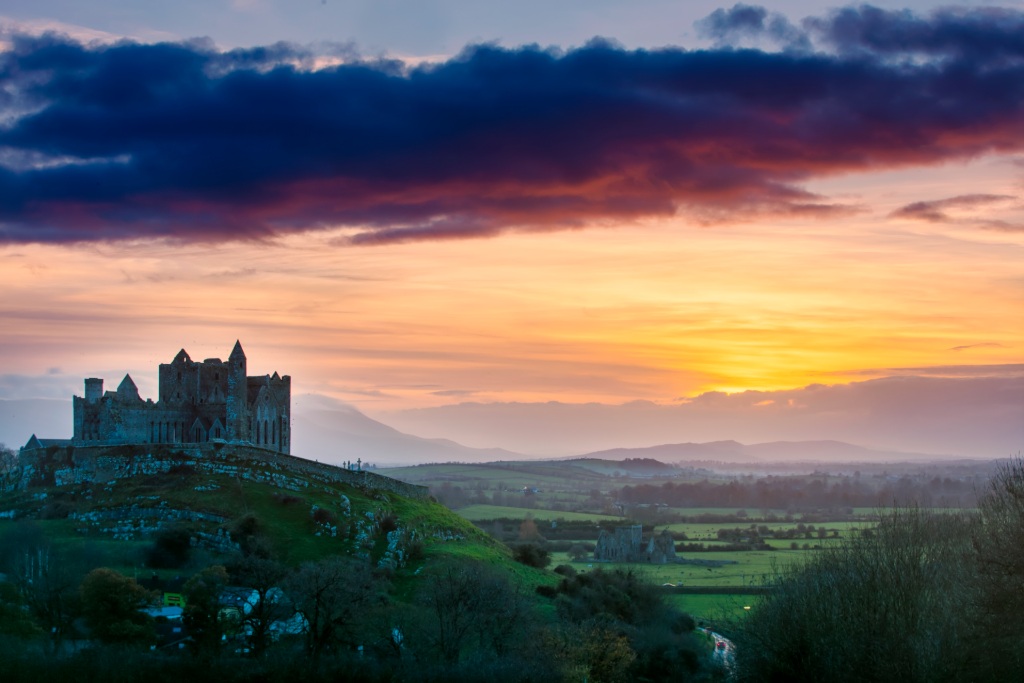
Rock of Cashel, County Tipperary
Set in the monumental Rock of Cashel in the heart of County Tipperary’s Golden Vale is Cormac’s Chapel, built in the 12th century by Cormac, King of Munster. Within these damp, mysterious walls, gold-headed saints, hands folded piously over robes of sapphire blue and blood red, strain to be seen through hundreds of years of decay. These frescoes are the oldest of their kind on the island of Ireland, and are deeply affecting both for their beauty and their rarity.






